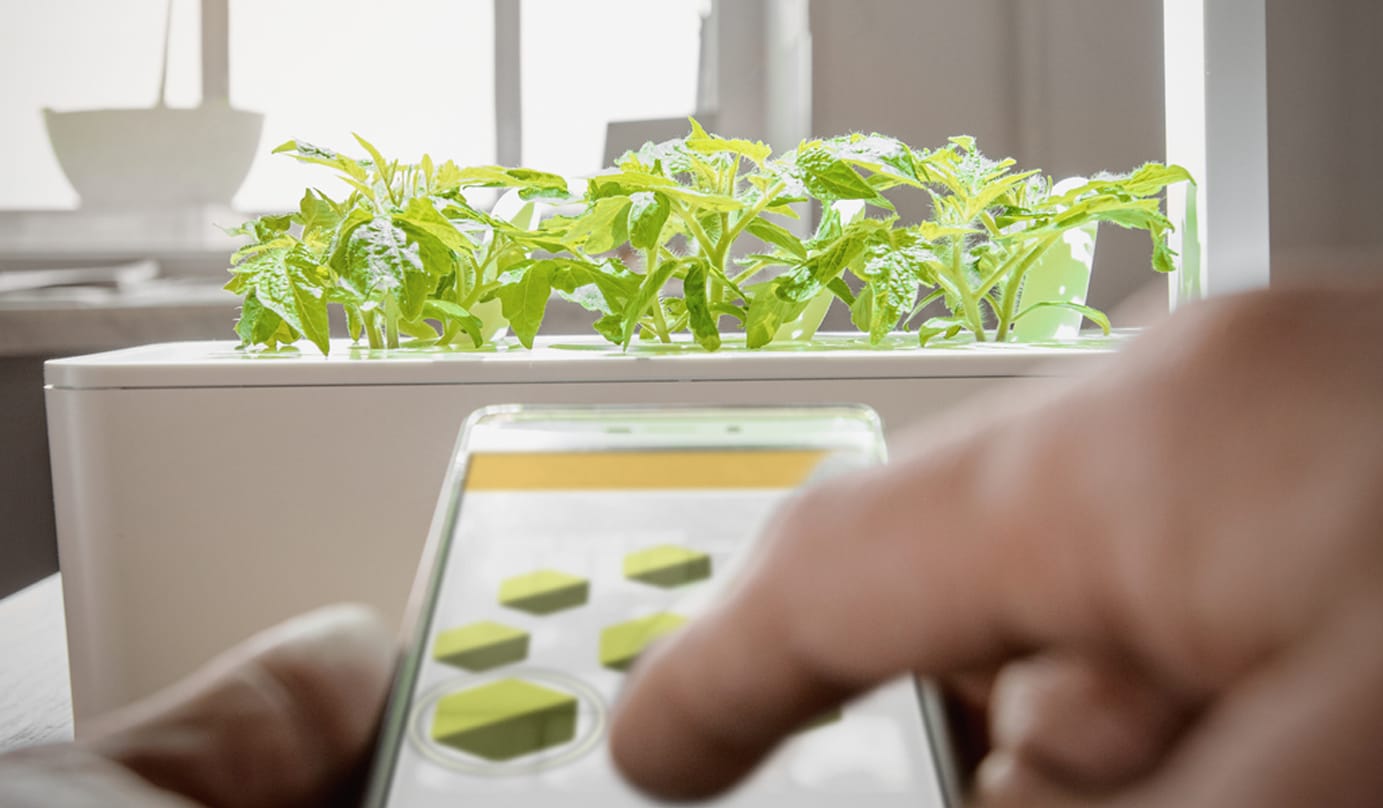
Have you ever tried growing your own plants? Maybe you want to try and grow your own vegetable garden. Plants do not always have to grow in soil. There are many other ways to grow plants. And as technology develops more over the years, we will learn about new ways to grow plants.

Plants can grow in many different environments and circumstances. They can grow really well in water and other liquids. This method of growing is called hydroponics. All the nutrients that the plants need are in the liquid and can be absorbed by the roots. Even though the roots are submerged in water, this method actually uses less water than plants in soil. This is because the water is delivered straight to the roots.

Hydroponics also requires less space to grow, because it doesn't require as much fertile land. Using hydroponics, plants can even be grown on walls! Many pests need soil in order to survive. Since soil is not used in hydroponics, pests are less of a concern.

Aeroponics has to do with growing plants without a medium like soil or liquids. These plants have their roots exposed to the air. It has a completely different growing environment. Aeroponics is great for the plants, because it yields plants that are healthier due to their constant exposure to oxygen. Using this method, the plants and their roots have to be sprayed with water and nutrients on a regular basis. But it's worth the work, because many people say aeroponics is able to produce tastier fruits and vegetables, and with greater quantities too!

If you prefer to grow plants in soil, there are many different things you can do to help them grow better. You can cultivate the land so that it is prepared for the plants. After that, you can start to put your seeds and bulbs underground. If you are growing more than one type of plant, you can try companion planting. Some plants can benefit from each other when they are in close vicinity. For example, tomatoes grow better when they are near carrots and lettuce. If you want different varieties, you can try grafting your plants too. For plants that can withstand harsh conditions, try planting some hardy broccoli and beets.

There are smart homes with gadgets that can be managed with phone applications. The users can turn the lights on and off with their phones. But have you heard of smart gardens? If you don't have a green thumb, technology can do your gardening for you. There are different types of smart gardens. Most of them can be operated with an application. Some smart gardens are compact and can fit beautifully on your kitchen countertop.

The app will tell the user when to water the plants or even when to use fertilizer. Some models will even do the watering for you! If you are doubtful about how much light your plants need, the app will take care of it. Many smart gardens have their own LED light source. The app will turn the lights on and off based on what kind of plant you have. The smart garden makes growing plants very low-maintenance. So don't worry about your black thumb, you can grow your own food too!

Technology has advanced to the point where we can genetically modify plants. For example, scientists can change vegetables so that they are more pest resistant. This means that farmers are able to use fewer pesticides. GMO foods can also contain more nutrients than non-GMO foods.

For some people, gardening is a great pastime. They might find it relaxing or even therapeutic to garden. What about you? Do you want to start growing your own vegetables and fruits?